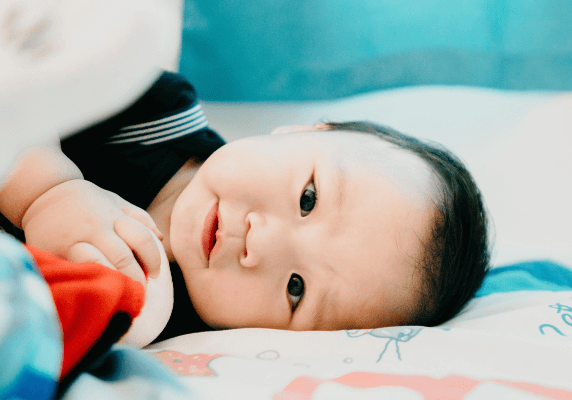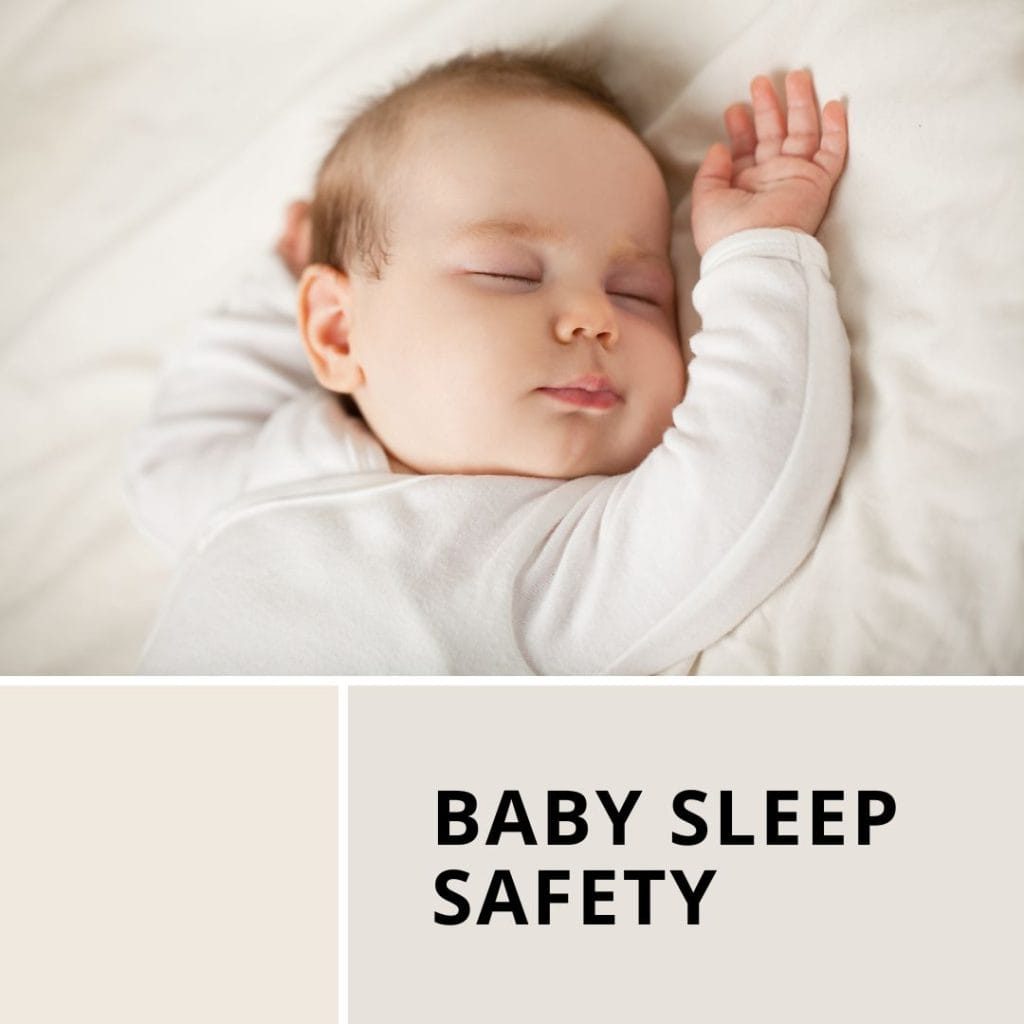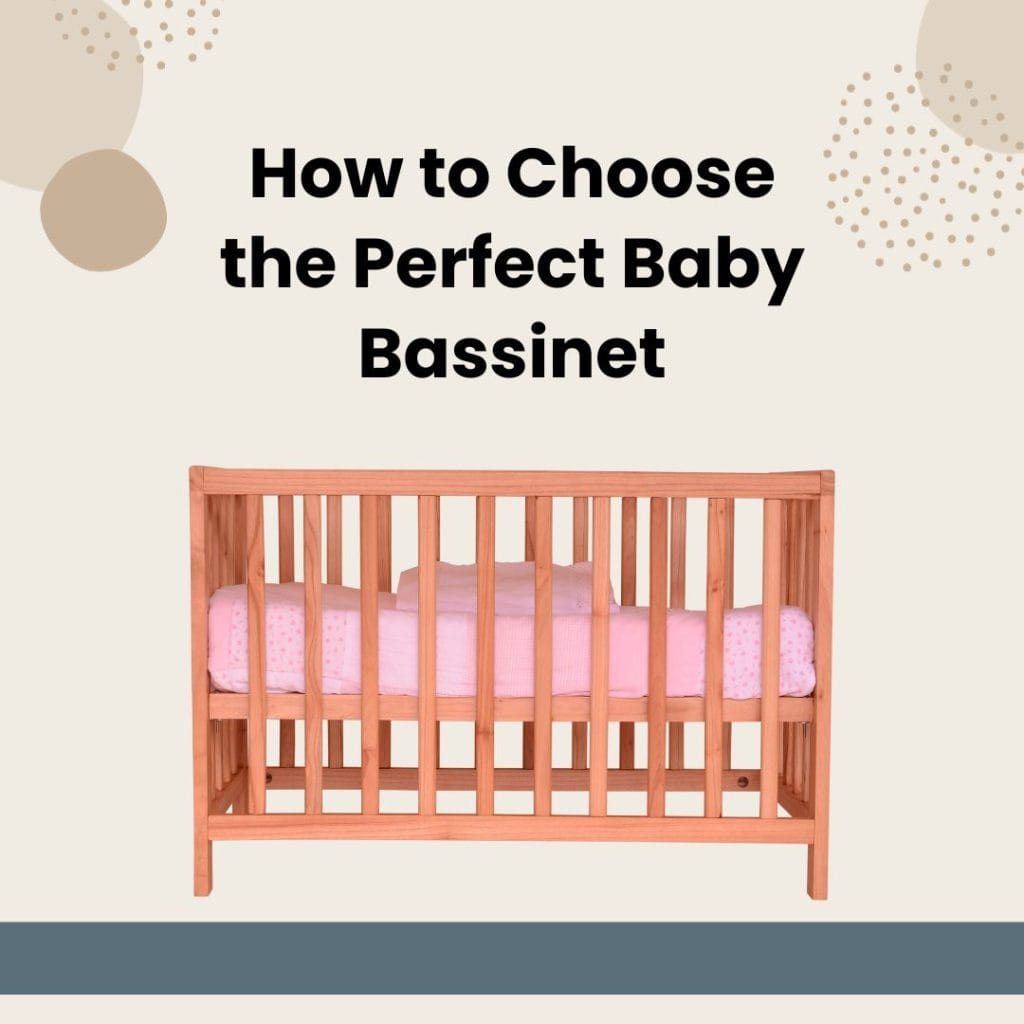The journey of parenthood begins with the preparation of a safe and comfortable environment for your little one. Baby bassinets stand as an essential piece in this puzzle, offering your infant a cozy and secure space. As varied as the needs of babies and parents, there are numerous types of baby bassinets available in the market. This guide aims to help you navigate through these options and find the bassinet type that is right for you and your baby.
Different Types of Baby Bassinets: Which One is Right for You?
Selecting the perfect baby bassinet is an important and emotion-filled task for expectant parents. This decision can feel like a daunting process, starting with the fundamental question of how you envision your bassinet situation. Regardless of the sleeping method you choose, safety is paramount for your new arrival. It’s common to lean towards a crib for the long-term, but don’t be taken aback if you find it lying unused for several months.
Many parents prefer to have their newborns close by in their bedrooms for the initial months, a practice endorsed by numerous pediatricians. You could certainly use a crib from day one after you invest in the best crib mattress, but placing a tiny, vulnerable newborn in a large, seemingly cavernous crib can feel unsettling to some.
The convenience factor also comes into play. Nighttime feedings and diaper changes become considerably simpler when your baby is nearby, in the same room, as opposed to navigating through the house. Consequently, it’s worth considering a temporary, newborn-friendly sleeping place that can be accommodated in your room.
Bear in mind that even the top-rated baby bassinet, the quintessential small baby bed with low walls, has a usage limit up till 6 months or so. Once your baby begins to sit up, typically around 6 months, a transition to a higher walled sleeping arrangement like a Pack ‘n Play or a proper crib becomes necessary.
The Best Baby Bassinet for Newborn Sleeping Arrangements
Here are the five basic categories of room-in options for your baby:
- Portable Bassinets: As the name suggests, these bassinets are easy to move around. We’ve focused on the most portable and economically priced options in this category. It’s a quick and practical choice for a temporary baby sleeping arrangement in your room that can be easily moved around your home.
- Play Yards: Also known as pack ‘n plays, these are similar to play pens. While cost-effective, they are heavier and may not be as easy to move around. These are useful whether or not you use them for overnight sleeping, especially for travel purposes.
- Co-Sleepers: These are similar to bassinets but designed to be right next to your bed, if not attached. They allow your baby to sleep in close proximity to you.
- Bed-Sharing: This option requires no extra equipment. It might seem ideal, but it’s important to keep in mind safety guidelines for sharing your bed with a baby.
- Bassinets: The traditional, classic type of in-room sleeper. They might be more expensive and less portable, but they are more permanent and could provide a longer period of use. Plus, they can be quite aesthetically pleasing.
How to Choose a Baby Bassinet
The instinct to keep your newborn nearby is not just a matter of emotional bonding or convenience, but also a significant factor in ensuring their safety. Reputable safe sleep experts promote the idea that for at least the initial six months, and ideally for the first year, babies should share the room with their parents. However, it’s important to note that the recommendation is to share the room, and not the bed itself.
Incorporating a baby bassinet into your life can be a game-changer during this period. It provides you with the ability to keep your newborn within arm’s reach without the need to allocate space for a full-sized crib in your room. This allows for an easier check-in system and ensures your baby’s peaceful sleep.
When it’s time to shop for a bassinet, it becomes critical to consider safety as a prime factor. The following tips are designed to guide you in selecting a secure bassinet for your little one.
Ensuring Bassinet Safety
Providing your baby with a safe sleeping environment should be your top priority. As such, it’s crucial to ensure that your selected bassinet adheres to current safety standards. In the past, bassinet safety was governed by voluntary standards, and if you’re considering a second-hand option, it becomes essential to conduct a thorough safety check.
Look out for labels that indicate membership in groups such as JPMA or ASTM. These organizations were active players in voluntary safety standards before the implementation of mandatory federal standards, a testament to the quality of the bassinets. All bassinets manufactured after the enactment of these federal standards, and sold in the U.S., should comply with these guidelines.
Evaluating a bassinet requires the same vigilance as choosing a crib. Observe whether there are any decorative posts protruding from the sides, as these could snag a baby’s clothing. Check the distance between side slats — if a soda can fits between them, they’re spaced too widely to ensure safety. Look for decorative cutouts in the headboard or footboard that might entrapp a baby. If you spot any safety issues, it’s advisable to steer clear from selecting that bassinet.
Weight and Age Limits
Every bassinet comes with specific weight and age restrictions, which are vital to observe for your baby’s safety. Typically, most bassinets can support babies weighing between 15 to 20 pounds. However, some bassinets may hold heavier babies. It’s important to remember that weight isn’t the sole determinant for outgrowing a bassinet; other factors such as your baby’s length, or their developmental milestones can lead to them outgrowing the bassinet earlier than expected.
Bassinets generally have a maximum age limit ranging between 4 to 6 months. However, it’s crucial to monitor your baby’s development closely. For instance, if a manufacturer recommends a bassinet for babies up until they’re 4 months old or weigh 20 pounds, you might need to stop using it sooner if your baby starts rolling over.
Babies develop new skills quickly, and if your child shows signs of rolling or sitting up, it’s time to switch to a crib or play yard to prevent falls. The Consumer Product Safety Commission (CPSC) reports falls as the most common cause of bassinet-related injuries.
Therefore, being aware of your baby’s developmental stage and ensuring timely transitions to safer sleeping arrangements is key for their protection.
Buying or Borrowing a Used Bassinet
Opting for a used bassinet can be an economical choice, but it’s crucial to prioritize safety. Begin by checking if the bassinet has been subject to any recalls. It’s important to ensure that the product wasn’t withdrawn from the market due to safety concerns.
It’s equally essential to apply the same safety standards to a used bassinet as you would a new one. Assess its condition carefully – are all the original parts intact? If modifications have been made, it’s best to avoid the purchase.
Inquire about how it was stored. Both bedding and wooden components should have been kept in a cool, dry place to prevent warping or the accumulation of mold.
Examine the structure – does it appear sturdy? It’s important to ensure there are no gaps or soft spaces that your baby could potentially become trapped in.
Lastly, pay special attention to the mattress and its supports. A good mattress should be firm and not sag in the middle, so it’s safe for your baby to sleep on. Your vigilance when buying a used bassinet can go a long way towards securing your baby’s safety.
To Rock or Not?
While a rocking bassinet might seem like a delightful idea, it carries potential safety risks not inherent to stationary bassinets. The shift in weight when a baby starts to exhibit mobility, such as rolling over, could lead to an undesirable tilt in the bassinet. This could result in the baby becoming pinned against one side, potentially posing a suffocation risk.
This hazard is particularly concerning because babies often develop rolling skills surprisingly quickly. You may be caught off guard, unaware that your baby has entered a stage of mobility that poses a risk in a rocking bassinet.
However, if you are drawn to the soothing motion a rocking bassinet can provide, ensure it is equipped with a lock. This feature allows the bassinet to be switched to a stationary mode, offering a safer environment when you are not present to supervise directly. Safety should always be a paramount consideration, even amidst the allure of comforting features.
Portability
Bassinets are highly regarded for their portable nature. Their smaller size and comparatively lower weight make them an ideal choice for families needing a lightweight, movable sleep solution. This ensures your baby can always be in close proximity, providing comfort and convenience.
To enhance ease of movement, many bassinets come with wheels. A sturdy set of wheels can facilitate the transportation of the bassinet around the house. However, it’s essential that these wheels come equipped with locks to prevent any unsupervised movement, particularly by curious older siblings.
Some bassinets also feature a folding or disassembling mechanism, which is useful for compact storage or when traveling. Before purchasing, it’s advisable to test the latching mechanism. Ensure that it’s easy to identify when the bassinet is safely locked into place.
Additionally, check the folding legs and the areas where the bassinet attaches to the legs. These should have solid latches to ensure stability and safety.
If you’re considering a bassinet that needs to be disassembled, it’s crucial to ascertain whether the reassembly process is straightforward and intuitive. If the assembly is complicated, it’s best to avoid such a model. Not only can a difficult-to-assemble bassinet lead to frustration, but an improperly assembled one can also pose a risk to your baby.
Mattress Support
The mattress support in a bassinet is a critical aspect to consider. The supports must be robust enough to carry your baby’s weight without any flex or bend. It is crucial that the supports provide an even surface for the entire mattress. To check the efficacy of the supports, lightly press along the edges and in the middle of the mattress to identify any spots that dip with ease. While a hammock-like effect might seem appealing for some grown-ups, it poses a significant risk for babies who are unable to move themselves out of such positions.
Mattress Firmness
The significance of a firm mattress for your baby’s bassinet cannot be overstated. It might appear that manufacturers are advocating for a seemingly uncomfortable sleep surface, akin to resting on a stone. Yet, this rigidity is deliberate and crucial in minimizing the risk of Sudden Infant Death Syndrome (SIDS).
Additionally, an overly padded mattress is not recommended. The reason is simple – we want to prevent a situation where your baby’s face might sink into it. Bassinet mattresses should mimic the design of crib mattresses, providing a snug fit within the bassinet, leaving no gaps between the mattress’s edge and the bassinet’s sides.
While embellishments and soft decor might seem appealing, be mindful that they don’t infiltrate the baby’s sleep area. Frilly decoration on the exterior is acceptable, but it’s important to ensure that these decorative elements do not extend into your baby’s sleep space, preserving a safe and comfortable environment for your newborn.
Bedding
When it comes to the bedding for your bassinet, simplicity is key. All your baby needs is a fitted sheet, tailored perfectly to the bassinet mattress. Unlike cribs, bassinets don’t come in standard sizes, making it potentially challenging to find the ideal sheet.
Instead of using blankets, opt for dressing your baby warmly enough to maintain their comfort without the need for additional coverings. Alternatively, you could employ a blanket sleeper. Be sure to have at least one extra fitted sheet on hand for unforeseen nighttime incidents.
It’s important that any fabric inside your baby’s sleep area can be cleaned with ease, as it’s likely to get messy. Ensure the sheets can be removed easily for washing. If the bassinet mattress doesn’t come with a waterproof cover, look for one that fits. If that’s not an option, consider the practicality of washing the entire mattress in your washing machine.
Avoid excess bedding sets that might include bumper pads, quilts, or pillows. A safe sleep space for your baby is essentially bare. It’s crucial to remember that almost all bassinet-related fatalities are linked to soft bedding introduced into the sleep space.
Conclusion
In conclusion, choosing the right type of baby bassinet requires discerning consideration for safety, portability, mattress support, and bedding simplicity. Above all, the safety factor, including the absence of soft bedding and a firm mattress, should always prevail, ensuring the bassinet provides a secure sleep environment. By exploring the different types of baby bassinets and their features, you can make an informed choice, aligning with your baby’s comfort and your peace of mind.










